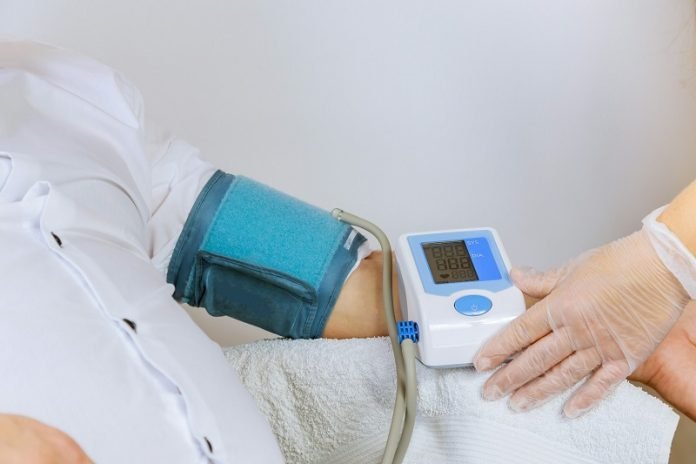
A recent study conducted by Texas A&M University’s School of Public Health reveals that patients managing their hypertension by monitoring their blood pressure at home not only enjoy a better quality of life but also incur lower healthcare costs.
This innovative research, led by Professor Hye-Chung Kum from the Department of Health Policy and Management and director of the Population Informatics Lab, underscores the significant benefits of self-monitoring for those with high blood pressure.
The study, which was a collaboration between the School of Public Health, the College of Engineering at Texas A&M University, and researchers from the University of Alabama at Birmingham, delves into the cost-effectiveness, benefits, and efficacy of self-monitoring blood pressure.
Published in JAMA Network Open, its findings offer valuable insights for patients, healthcare providers, and policymakers considering the adoption of self-monitoring programs.
The research team meticulously reviewed peer-reviewed articles focusing on patients with hypertension, deliberately excluding studies involving children and pregnant women to maintain consistency.
They filtered out duplicate studies and those not comparing the costs and benefits between at-home and clinical blood pressure monitoring.
Self-monitoring encompasses at-home blood pressure measurements (HBPM) and ambulatory measurements (ABPM) that automatically record blood pressure over 24 hours.
The analysis, covering 16 studies, revealed that about 60% found self-monitoring, whether at-home or ambulatory, to be more cost-effective than traditional in-office monitoring.
Particularly, HBPM showed the highest cost-effectiveness when coupled with additional support.
ABPM was identified as the most cost-efficient method overall, though the economic advantages of self-monitoring, especially with supplementary support, become more apparent over the long term, potentially due to the initial costs associated with equipment and training for self-monitoring setups.
Long-term benefits highlighted by the review include better blood pressure control, reduced adverse health outcomes, and enhanced patient quality of life, justifying the initial investment in self-monitoring programs.
Another critical advantage of self-monitoring, especially ABPM, is its ability to detect masked hypertension and mitigate white-coat hypertension — high blood pressure readings that occur exclusively in a clinical setting.
The study also points to additional positives such as improved communication between patients and healthcare providers, timely medical advice, and increased motivation for patients managing their condition.
However, the researchers acknowledge the influence of patient preferences on these outcomes and suggest further research to delve deeper into these aspects.
This comprehensive review underscores the potential of self-monitored blood pressure control to not only yield better health outcomes but also offer significant cost benefits compared to conventional care methods.
As healthcare continues to evolve, incorporating patient-led monitoring into hypertension management strategies could be a key to improving the lives of millions globally.
If you care about high blood pressure, please read studies that early time-restricted eating could help improve blood pressure, and coconut sugar could help reduce blood pressure and artery stiffness.
For more information about blood pressure, please see recent studies about added sugar in your diet linked to higher blood pressure, and results showing plant-based foods could benefit people with high blood pressure.
The research findings can be found in JAMA Network Open.
Copyright © 2024 Knowridge Science Report. All rights reserved.




